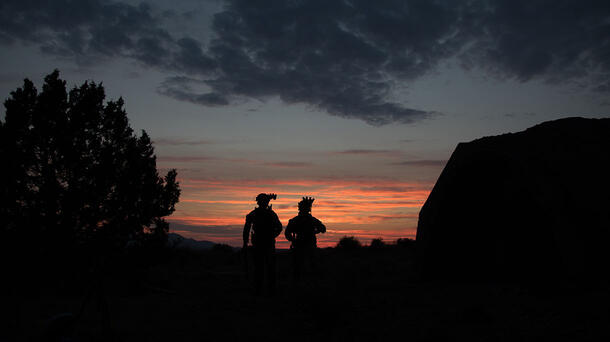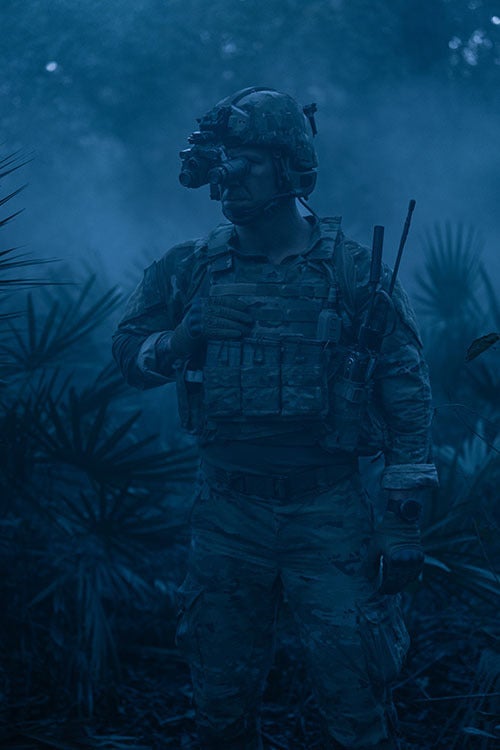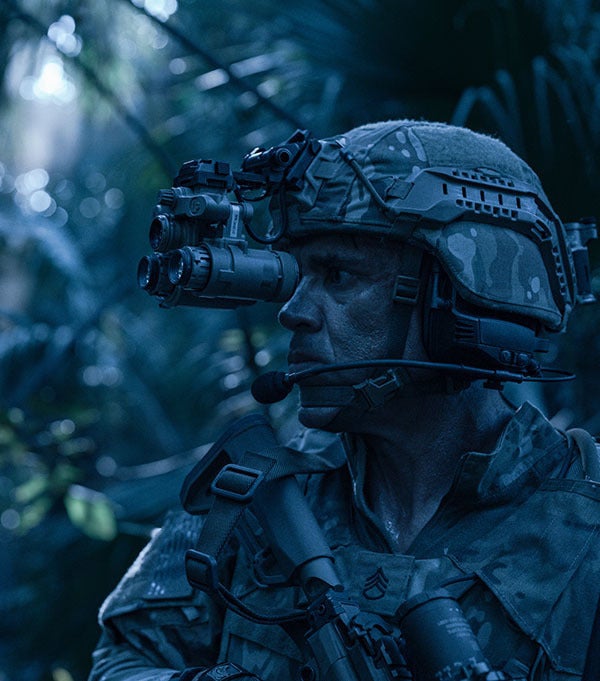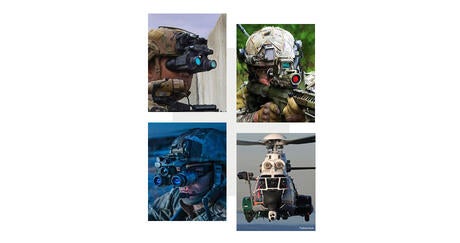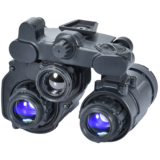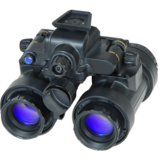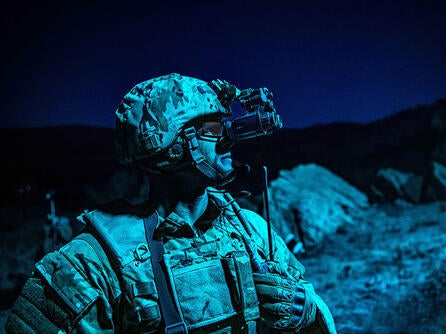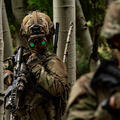The ability to continue to enhance fielded systems that are net-enabled and AI-ready also enables defense organizations to harness cost efficiencies by integrating these devices into new digitally focused mission command ecosystems.
With the ability to extend night-vision devices as a communication hub or sensor, we can increase soldiers’ understanding of battlefield conditions and drive connectivity with the larger Integrated Tactical Network. Radios – and, by extension, night-vision systems and the soldiers themselves – acting as a sensor within an integrated network informs the extended operator community of dynamic changes around the battlespace in real time, allowing them all to make more-informed command decisions.
Fully supported resilient, interoperable, software-defined communication networks will continue to strengthen as digitized technology develops, artificial intelligence and machine learning capabilities increase, and more-powerful software comes online.
This interconnectivity of nodes receiving and sending information within a next-generation command-and-control or soldier-borne mission command construct can allow U.S. and coalition forces to be more decisive and agile throughout the battlespace, leveraging real-time information to make on-the-spot mission-planning corrections.
Finally, when looking ahead at the possibilities, a key consideration in the ongoing evolution of night-vision devices – and their transformation into advanced situational awareness systems – is cognitive overload. ENVG-B and similar devices can easily, through adequate connections, push and pull imagery and other insightful battlefield information, but the key is to ensure the right people receive the appropriate information at the right time. Continued innovations on the artificial intelligence and machine learning side will further technology’s ability to reduce operator workload so that U.S. and allied forces continue to be the fastest, strongest and most-informed troops on the planet.
